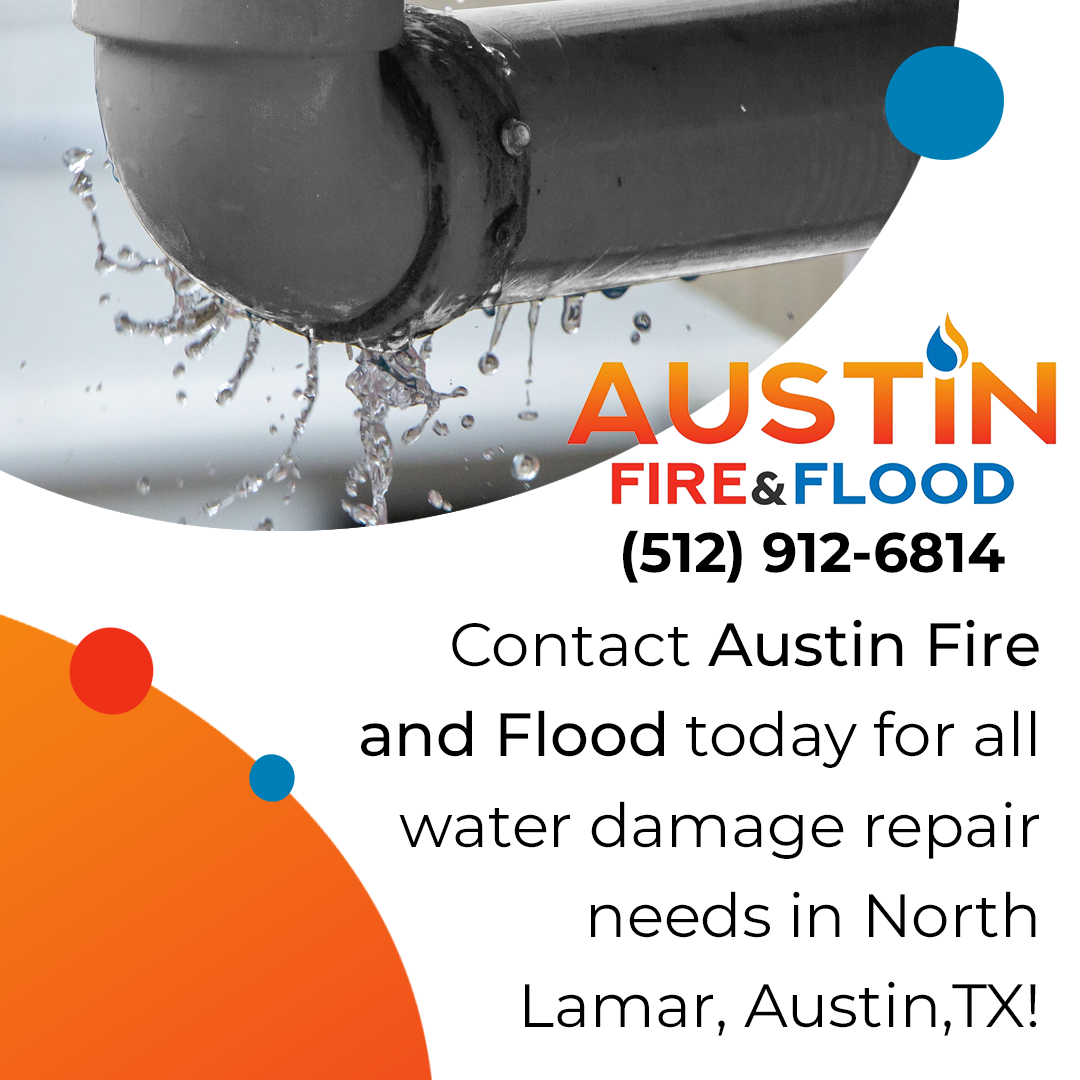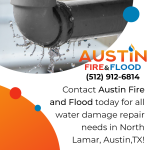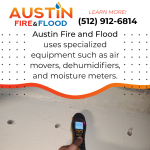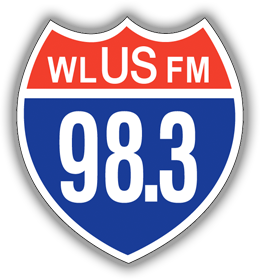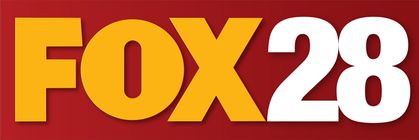Water damage repair is a critical service provided by Austin Fire and Flood, a reputable restoration company based in Austin, TX. Water damage is a leading cause of property loss in the US. It can be caused by various sources, such as leaking pipes, condensation from air conditioning systems, severe weather, clogged gutters, and plumbing backups.
Austin Fire and Flood is a fire and water restoration company in Austin, TX, that provides efficient water damage repair services. They serve residential, multi-family, and commercial properties. Residents in Texas can rely on this fully bonded, licensed, and insured contractor for immediate water damage repair in North Lamar, Austin, TX. In this article, Austin Fire and Flood delve into the different types of water damage and how to address them.
.png)
Categories of Water Damage
There are three categories of water damage based on the level of contamination of the water causing water damage, which may depend on the source of the leak.
Category 1: Clean Water Damage
The first category of water damage is clean water damage, which is the least severe type of water damage and is not a significant health hazard. A clean water source, such as a burst pipe, a leaking appliance, or rainwater, cause this type of water damage. The water is usually clear and contains no harmful contaminants or bacteria.
Clean water damage is usually addressed by thoroughly drying out the affected area using specialized equipment such as air movers, dehumidifiers, and moisture meters. If the water damage is extensive, restoration professionals like Austin Fire and Flood may also remove any affected building materials, such as drywall, insulation, or flooring, to prevent mold growth.
Category 2: Grey Water Damage
Greywater damage is the second category caused by contaminated water. This type of water damage can be caused by sources such as the dishwasher or washing machine overflow, toilet overflow with some urine (but no feces), or water from a sump pump failure.
Grey water can lead to illness if it is ingested or there is exposure to it. It must be addressed promptly to prevent mold growth and further contamination. Restoration professionals use protective equipment when dealing with greywater damage and are trained to use specialized cleaning agents to disinfect and sanitize affected areas.
Category 3: Black Water Damage
The most severe type of water damage is black water damage. This type of water damage is caused by highly contaminated water, such as sewage backups, floodwater, or water from natural disasters.
Black water damage poses significant health risks. Water damage repair must be done only by trained professionals equipped with protective gear and specialized cleaning equipment. Water damage restoration professionals may also need to remove and dispose of any affected building materials or belongings to ensure that the area is thoroughly cleaned and disinfected.
Four Classes of Water Damage
The scale and extent of the water damage determine the class of the water damage. Four classes of water damage depending on the area covered by the leak and what materials are affected by the water.
Class 1: Minimal Water Damage
The first class of water damage is minimal water damage, which typically affects only a small area. Damage to materials is minor, and very minimal water is absorbed by any materials.
Class 2: Moderate Water Damage
The second class of water damage is moderate water damage, which affects a larger area and may involve the saturation of building materials and belongings like carpets or cushions. Water may seep into particle boards or concrete.
Class 3: Severe Water Damage
The third class of water damage is severe water damage, which usually involves significant saturation of building materials and belongings. This type of water damage may be due to water from overhead. Walls, ceilings, carpets, and insulation may absorb a significant amount of water in Class 3 water damage.
Class 4: Specialty Drying Situations
The final class of water damage is specialty drying situations, where even materials such as hardwood floors, plaster, concrete, or brick are affected. These materials can be more challenging to dry out and may require specialized drying techniques such as freeze-drying or desiccant drying.
Restoration professionals may also need to use specialized equipment, such as infrared cameras or moisture sensors, to locate hidden pockets of moisture that could lead to mold growth or structural damage.
Water damage can have severe consequences for any building. Addressing it promptly to prevent further damage and potential health risks is crucial. Austin Fire and Flood understand the importance of water damage repair and its unique challenges. Austin Fire and Flood use specialized equipment such as air movers, dehumidifiers, and moisture meters to dry out the affected area and prevent further damage. They understand that prompt response is crucial in minimizing the impact of water damage, and they are available 24/7 to handle emergencies. They take steps to prevent mold growth because it can start within 24-48 hours after water damage occurs, leading to potential health hazards and further damage to your property.
.png)
Structural damage to the building is a significant risk of water damage. Austin Fire and Flood work to assess the damage and develop a plan for repairs that will restore the building to its pre-damage condition. Specialized equipment and techniques are needed to address each type and class of water damage.
Austin Fire and Flood prides itself on its ability to provide comprehensive water damage repair services to its clients in Austin, TX. Their highly trained technicians have the experience and equipment to tackle any water damage repair project. Contact Austin Fire and Flood at (512) 912-6814 for all water damage repair needs in North Lamar, Austin, TX.
